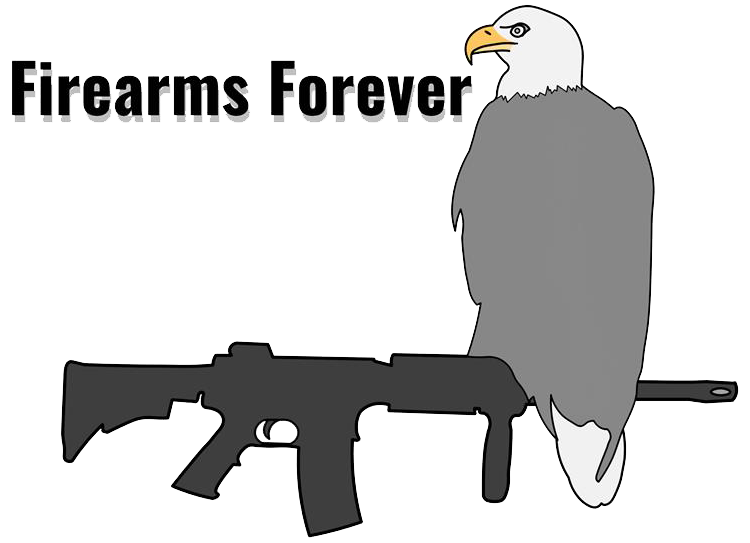President Trump says he wants to end the war in Ukraine — and he’s turning up the diplomacy. At the White House, he met with Ukrainian President Volodymyr Zelensky, pledging to push for peace but holding back on sending Tomahawk missiles.
“We had a very good meeting,” Trump said in the East Room. “We talked about peace, about how to stop the killing, and about how we can get this thing done quickly.”
Zelensky thanked Trump for what he called “a chance to bring peace back to Ukraine,” adding, “With your help, we can stop this war.” He said Ukraine remains in urgent need of air defense and energy support as winter approaches, but that he came to Washington to talk about peace, not just weapons.
Farkas: “Every Day Putin Stalls, Ukrainians Die”
Dr. Evelyn Farkas, Executive Director of the McCain Institute and former Deputy Assistant Secretary of Defense for Russia, Ukraine, Eurasia, and the Western Balkans, told Military.com she met with Zelensky shortly after his White House session and sees progress but also danger.
“The relationship between the two presidents has clearly become warmer and productive,” she said. “But I’m worried President Trump is giving President Putin way too much opportunity to drag out the calendar. Every day that he is not forced to face reality, Ukrainians are dying.”
Zelensky, for his part, said Ukraine is ready to negotiate “in any format, one on one or with mediators, as long as it brings peace.” He emphasized that NATO membership remains a goal, “but right now, we need strong security guarantees.”
Tomahawks and the Debate Over Ending the War
Trump said he spoke with Russian President Vladimir Putin for more than two hours the day before the meeting and believes “both sides want to end the war.” He said he plans to host Zelensky and Putin for follow-up talks in Hungary with Prime Minister Viktor Orban.
When asked whether he would send Tomahawk missiles, Trump said, “We have incredible weapons. We have the best. But the best thing we can do is end this war. That’s what I’m focused on.”
Farkas cautioned that withholding weapons could prolong the conflict. “The best way to end the war is to give those weapons,” she said. “Russian refineries and depots have already been struck and degraded substantially. There’s a breaking point coming.”
She argued that sustained strikes on fuel and logistics networks are key to forcing Russia to negotiate seriously. “If long-range attacks continue, not just Tomahawks but other systems as well, Putin will be forced to talk,” she said. “So far, what we’re seeing is fake diplomacy. He’s just stalling for time.”
Zelensky backed that view, telling reporters that “every missile that defends our cities shortens this war. Every delay costs us lives.”
What Drives U.S. Decision-Making
Farkas, who served in the Pentagon during the Obama administration, said U.S. decisions on lethal aid often come down to politics, not stockpiles. “We have plenty of Tomahawks,” she said. “It’s a political decision.”
Trump pushed back on suggestions that he’s hesitant, saying, “I’m not afraid to make decisions. But I make smart ones. We’re looking at every option.”
Farkas said the U.S. has to balance escalation risks while trusting Ukraine to use advanced weapons responsibly. “Ukraine has been fighting since 2014,” she said. “They know the rules of war. That’s why they’ve shared target lists with the U.S., to show they’re focused on legitimate military objectives.”
Inside Trump’s Thinking
Asked to interpret Trump’s hesitation, Farkas said his long-standing desire to maintain friendly relations with Russia likely plays a role.
“He’s made it clear he wants to be on good terms with Putin,” she said. “Sometimes he talks about the war as an obstacle to his own objectives. He understands now that it’s more complicated, but I’m not sure he’s internalized what’s really at stake.”
Trump, however, insisted that diplomacy is his strongest weapon. “I’m the one who can bring these guys together,” he said. “We’re talking peace, not war.”
Why Ukraine Still Matters
Farkas warned that the stakes reach far beyond Ukraine’s borders. “This is not a European war. This is a global war,” she said. “Russia, China, Iran, and North Korea are all in this together. If Putin prevails, China will take its chance, and Taiwan could be next.”
Zelensky echoed that sentiment, saying, “If Ukraine falls, the next war will not be in Europe alone.”
Farkas added that Putin’s ambitions stretch beyond Ukraine itself. “He wants to rewind the international order back to pre-World War Two,” she said. “He wants to restore spheres of influence and recreate the Russian Empire.”
She warned that abandoning the post-war order would open the door to chaos. “The world agreed you can keep your borders if you respect basic human rights,” she said. “That’s what kept us safe for decades. If we give that up, we risk losing far more than Ukraine.”
Trump repeated his goal. “We want it ended,” he said. “So many people have died in this war, and we’re going to get it ended.”
Story Continues
Read the full article here



